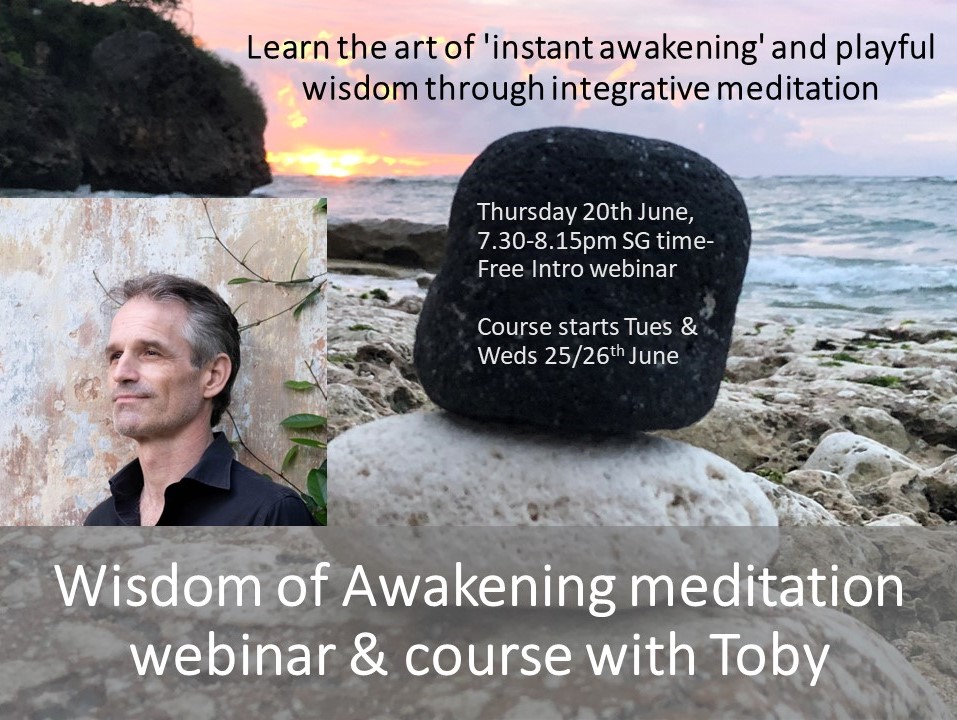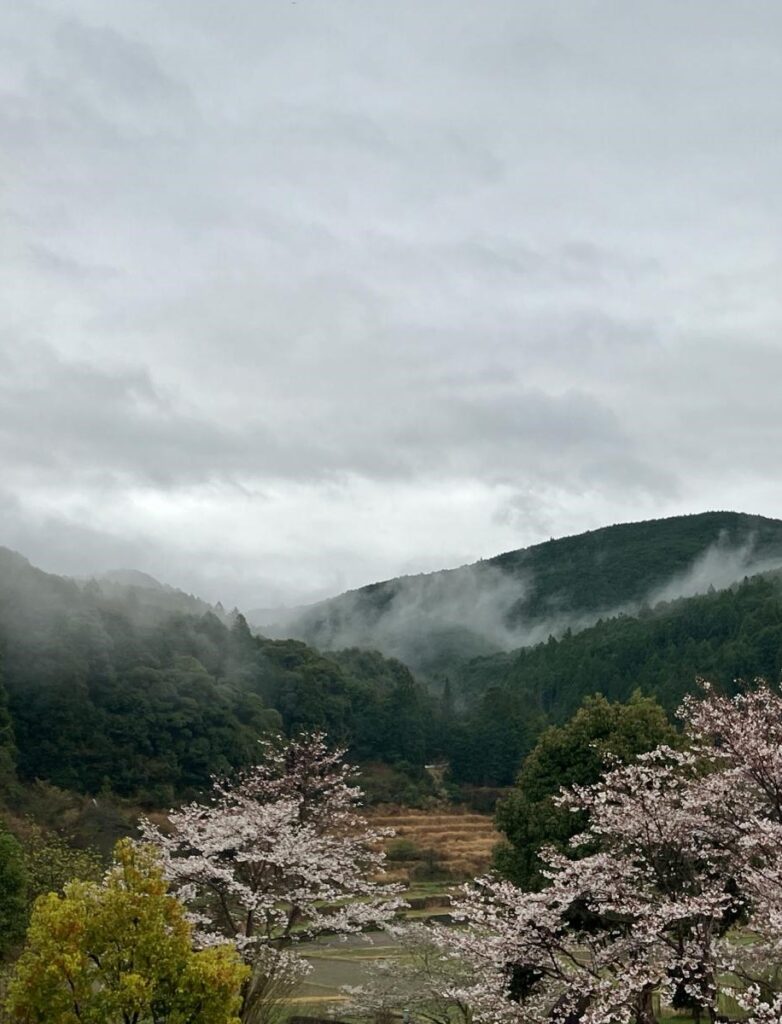“Mindful awareness builds a robust pre-psychological base, meaning the feeling or sensibility you have about yourself before you think or conceive who you are. If we get this base right, many good things follow”

Dear Integral Meditators,
This week’s article is on the effectiveness of minddful awareness as a pre-psychological base for navigating and thriving in our lives. If you enjoy it, feel free to join us for the Tuesday or Wednesday meditation class, where it will be a focus point of the meditation.
In the spirit of awareness,
Toby
Mindfulness – Liberation through pre-psychology
In my previous article on the ‘holy trinity of mindfulness’ I outline the role of awareness, intention and attention in mindfulness practice. I describe them as pre-skills that, if you cultivate them will help you develop any other skill relatively quickly and easily.
In this article I want to focus on awareness and what I call its pre-psychological benefits. Again, in the previous article I define mindful awareness as:
“The choice to be consciously aware as we go through life, rather than unconscious, and to direct our conscious awareness skilfully.”
When you make the choice simply to be aware of consciousness in the present moment, there are several fundamental benefits. I want to outline some of these below, in the hope that you will feel inspired to start practicing. Specifically, I want to point out how mindful awareness builds a robust pre-psychological base for ourselves. By pre-psychological I mean the feeling or sensibility you have about yourself before you start to think or conceive who you are. If we get this base right, many good things follow!
Full, not empty – When we sit in awareness of the present moment, we start to feel a sense of fullness in that moment. We can then turn up to life with this feeling of fullness, which helps counterbalance the feeling of emptiness that many people feel when they think about themselves and their life.
Empty, not full – Sitting with awareness in the present moment enables us to empty of all the complex thinking and inner noise that our mind is overburdened or overfilled with. We access a sense of ‘empty’ pleasurable inner spaciousness.
Enough, not not -enough – The ‘I am not enough’ script is one of the most common ones that individuals suffer from psychologically. Training to be aware in the present gives us access to a feeling of enough-ness, a sensibility of sufficiency not insufficiency. We can learn to identify with this primary feeling, and meet life from this feeling of ‘enough’, which then becomes a sense of ‘I am enough’.
Strong, not weak – becoming more consciously aware and present leads to a sense of being more gathered and undistracted. Awareness itself is always in the present moment, so focusing upon it leads to less of our energy being dissipated by distraction and thoughts about the past or future. The result of this is a feeling or sensation of being strong in the moment, not weak, and of being centered, not off balance.
Free, not limited – In our mental and physical environment we experience all sorts of limitations, some external, some internal. In the experience of awareness itself, there is absolute freedom. The choice to be aware is the one thing that no one can take away from us.
So, then the practice here is simply to practice being aware of awareness, in the present moment, noticing that when we do so a very basic primal set of pre-cognitive, non-verbal experiences become available to us. We have a sense of being:
- Full, not empty
- Empty, not full
- Enough, not not -enough (sufficiency, not insufficiency)
- Strong, not weak
- Free, not limited
If we cultivate these, then we now have a range of pre-psychological, pre-thought building blocks that we can use as a secure base for our sense of self as we think and navigate the world from day to day. This sense of strength, fullness and freedom can accompany us more and more, as our capacity to be aware of awareness grows though our meditation and mindfulness practice.
Related reading: Awareness, attention, intention – The holy trinity of integral mindfulness
The freedom of awareness
© Toby Ouvry 2024, you are welcome to use or share this article, but please cite Toby as the source and include reference to his website www.tobyouvry.com
Follow Toby on: LinkedIn, YouTube, Instagram
Integral Meditation Asia
Online Courses * 1:1 Coaching * Books * Live Workshops * Corporate Mindfulness Training *Life-Coaching * Meditation Technology










